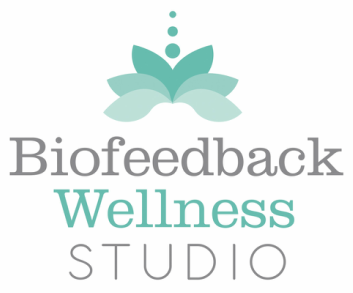http://www.huffingtonpost.com/david-r-hamilton-phd/positive-people-live-long_b_774648.html.
What do positive thinking and gratitude have to do with biofeedback? One parameter measured in biofeedback is sweat gland activity (a-k-a, electrodermal activity or galvanic skin response). Sweat gland activity is highly sensitive to thoughts and emotions and is an indirect indication of your stress response. Don’t worry, the measurement gives no indication of WHAT your specific thoughts are, but an elevated reading can be indicative of a tendency to hold on to bothersome
thoughts and emotions. Recognizing this pattern and learning to let go of negative thought patterns and enhance
positive self-talk can soothe and lessen the stress response. Throw a few affirmations your way. Hamilton, along with numerous others, suggest that a regular practice of counting your blessings will move you from being a negative to a positive thinker.
Robert Emmons, professor of psychology at the University of California, Davis, has conducted numerous scientific studies
involving gratitude. Follow this link for his ideas on how to get your gratitude on, even when life gets crazy. http://www.dailygood.org/story/532/how-gratitude-can-help-you-through-hard-times-robert-emmons/
Be sure to scroll all the way to the end of his article to view a clever gratitude infographic created by the design agency,
Here’s My Chance.
I find it helpful to turn to nature on a day when negativity reigns. Take a walk. Sit in the sun. Gaze at the moon. Use all your senses and bask in the beauty around you. You may even recognize a bit of beauty within. There is much to be grateful for. Louie Armstrong reminds us of this in his recording of the song, “It’s a Wonderful World” written by Bob Theile and George David Weiss. “I see trees of green, red roses too…I see skies of blue…And I think to myself, what a wonderful world.” What are YOU thinking to yourself?

 RSS Feed
RSS Feed